
- +8615880211820
- [email protected]
- Tongan Industry Park, Xiamen
Red masterbatch, a blend of concentrated granules comprising base resin, red pigment, and plastic additives, is making waves in the plastics industry. This versatile product is not just about adding vibrant red hues to plastic items; it also enhances their structural properties. In this comprehensive article, we’ll delve into the multifaceted features and the myriad applications of high-quality red masterbatch, unlocking the full spectrum of possibilities it offers to diverse industries.
Red masterbatch represents the perfect fusion of base resin, red pigment, and plastic additives, meticulously crafted into granules. Its primary mission is twofold: to infuse plastic products with an enduring red hue while simultaneously enhancing their structural integrity. This innovative solution finds application across a wide range of plastic manufacturing processes, including film production, extrusion, injection molding, and foaming.
High-quality red masterbatch brings a plethora of advantages that significantly elevate plastic product manufacturing:
Superior Dispersibility: Red masterbatch ensures even dispersion within the polymer matrix, guaranteeing consistent coloration throughout the product.
Unparalleled Compatibility: It harmonizes effortlessly with a variety of primary resins, including PP, PE, PS, AS, and ABS, offering unparalleled versatility in product formulation.
Vibrant and Enduring Color: Red masterbatch imparts a captivating, long-lasting red hue to products, making them visually striking.
Anti-Clumping Properties: It prevents clumping and ensures a uniform, non-patchy appearance, even in complex shapes.
Environmental Responsiveness: Red masterbatch adheres to stringent environmental standards, embodying a commitment to eco-friendliness.
Resilience in Changing Conditions: It remains stable in diverse weather conditions and surroundings, ensuring the preservation of product quality.
Tailored Color Mixing: Manufacturers can blend red masterbatch with other colors to meet specific sample requirements, opening up a world of color possibilities.
Cost-Efficiency: Employing red masterbatch streamlines the production process, translating into cost savings for manufacturers.
Red masterbatch finds extensive application across a diverse spectrum of plastic production processes, including:
Molding, Molding, and Blowing Film: It enhances the color and properties of molded and blown plastic products, offering a captivating finish.
Casting and Extrusion: Red masterbatch is a crucial ingredient in casting and extrusion processes, ensuring consistent and vibrant red coloration.
Film and Foil Production: Vital for creating red-colored films and foils for packaging, labels, and various applications.
Bottle and Barrel Manufacturing: Adds a striking red finish to bottles and barrels, enhancing their visual appeal.
Pipe Production: Red masterbatch plays a pivotal role in manufacturing pipes, ensuring uniform and appealing red appearances.
Home Appliance Manufacturing: Enhances the aesthetics of home appliances, making them visually appealing and in sync with modern design trends.
Sportswear and Toy Production: Infuses vibrant red hues into sportswear, toys, and other consumer goods, creating eye-catching products.
Packaging: Red masterbatch is indispensable in the production of red packaging materials for a wide array of industries, increasing shelf appeal.
Network Cable Manufacturing: Ensures color consistency in network cables, simplifying cable identification and organization.
Our gold masterbatch is designed for ease of dispersion and homogeneity, ensuring seamless integration with plastic resins. You can add it directly using automatic dosing units or pre-blend it without worrying about pollution caused by pigments. We’re committed to not only enhancing product quality but also promoting environmental responsibility in the manufacturing process.
Our factory’s gold masterbatch is compatible with a range of polymers, including PS, LDPE, HDPE, LLDPE, and PP. This compatibility ensures that you can achieve brilliant gold coloration across a variety of plastic products, expanding the possibilities for your projects.
At our factory, we understand the importance of precision in color matching and formulation. Our factory is equipped with state-of-the-art color matching and quality control facilities, ensuring that we can meet or exceed customer requirements. We’re dedicated to turning your brilliant color conceptions into reality, offering a world-class experience in color customization.
We acknowledge that color and opacity performance can vary based on several factors, including thickness, polymer selection, and processing conditions. Hence, we strongly recommend testing our products for suitability in individual applications. We also utilize suitable carrier polymers for formulating masterbatches tailored to specific needs.
In Conclusion, high-quality red masterbatch, in granular form, represents a pivotal innovation in the plastic industry. Its ability to create striking red hues while enhancing product properties positions it as an indispensable tool for manufacturers across diverse sectors. With its remarkable compatibility, environmental responsibility, and cost-efficiency, red masterbatch unlocks a world of possibilities for plastic product innovation. From packaging materials to home appliances, sportswear to toys, the versatility of red masterbatch is boundless, offering endless avenues for creativity and innovation in plastic manufacturing.
Our masterbatches find a multitude of applications across diverse industries. Whether in plastics, textiles, or various manufacturing processes, our masterbatches play a pivotal role in enhancing product quality and performance. With customizable formulations, they offer color consistency, UV protection, flame resistance, and more, making them the go-to solution for countless applications. From automotive parts to packaging materials, our masterbatches are the trusted choice for achieving superior results across a wide spectrum of industries.
Our custom masterbatches are designed to match specific polymers, ensuring optimal performance when incorporated into your selected material. We have the capability to produce masterbatches suitable for a variety of polymers mentioned below, and many more. If you’re working with a material that isn’t listed here, please don’t hesitate to reach out to our knowledgeable technical team to explore the possibility of meeting your specific needs.
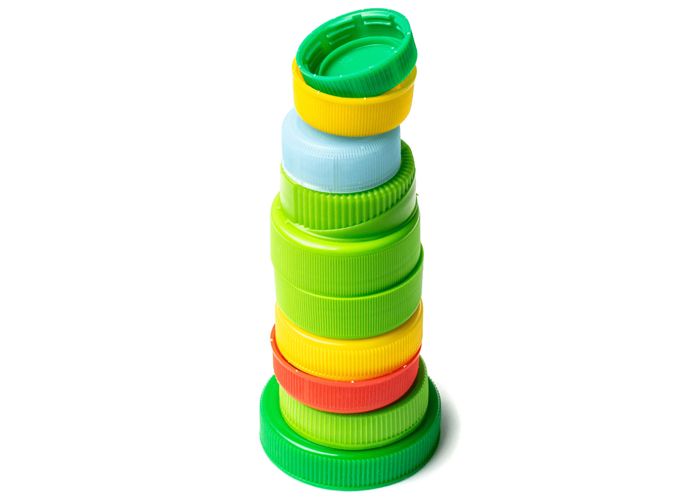
Low Density Polyethylene – Somewhat more translucent than HDPE and considerably more pliable, primarily employed in flexible packaging, tote bags, pliable tubing, film applications, and similar uses. Like HDPE, it has limited transparency characteristics. It exhibits outstanding chemical resistance to alcohols, acids, and alkalis but has restricted resistance to hydrocarbon solvents and mineral oils. Prolonged exposure to UV radiation can initiate degradation.
High-Density Polyethylene – Featuring a somewhat milky-white appearance, this material finds wide application in rigid bottle packaging, injection-molded caps and closures, crates, and more. Its natural opacity can limit the degree of transparency attainable. HDPE exhibits superior chemical and solvent resistance when compared to LDPE.

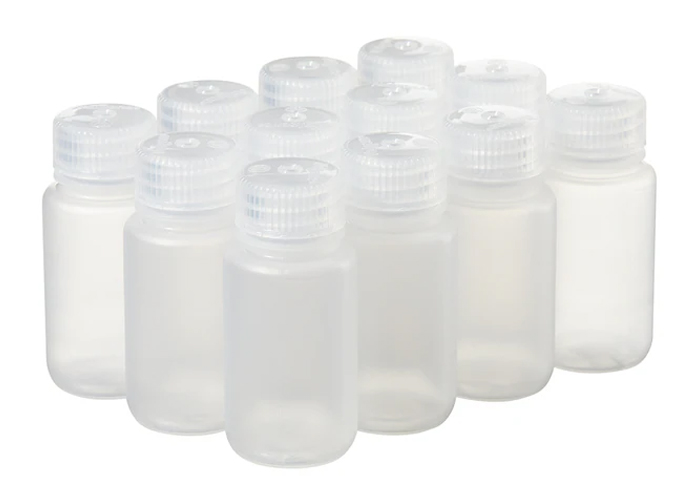
PPCO Random & PPHO – A polymer with moderate clarity, employed in the production of caps and closures. It is also utilized for crafting household items, buckets, toys, and storage containers. Polypropylene offers flexibility without significant limitations on color or special effects. Random copolymer boasts greater clarity compared to homopolymer and is better suited for creating translucent shades.
PPCO Block – Similar to PPCO but enhanced for increased impact resistance. An additive renders the polymer white, resulting in high opacity. This characteristic may limit the achievable transparency.
Polyethylene Terephthalate (PET) – Polyester materials exhibit robust mechanical strength along with excellent chemical resistance and barrier properties. PET is frequently chosen for the production of carbonated beverage containers. Moreover, polyester can be spun and employed in textile manufacturing for clothing. PET is highly transparent, making it an excellent choice for translucent packaging, although a subtle hint of “yellowing” may impact extremely light tints.

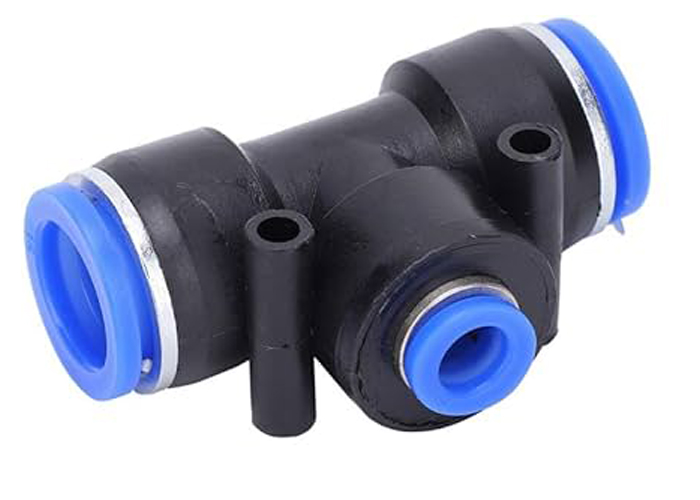
Polybutylene Terephthalate – A crystalline thermoplastic engineering polymer frequently employed as an insulating material within the electronics sector. This substance belongs to the polyester category, showcasing a remarkable equilibrium of attributes and processing qualities.
General Purpose Polystyrene – Exhibiting a glass-clear appearance but possessing minimal impact resistance, this material finds its primary application in CD cases. Its notable clarity renders it suitable for creating translucent hues, although an occasional violet tint may be discernible.
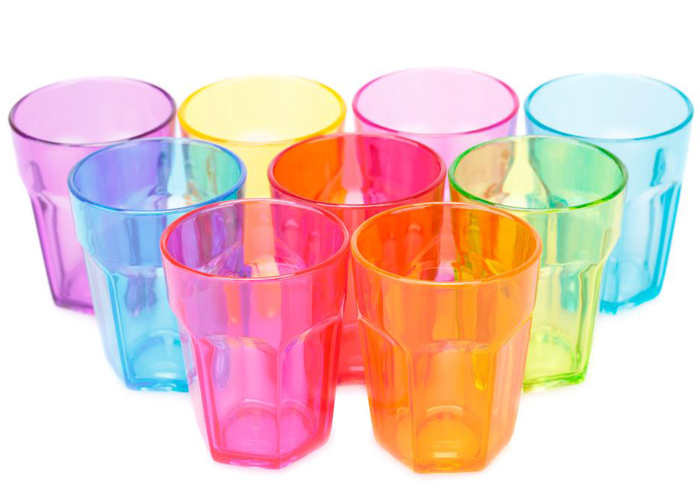
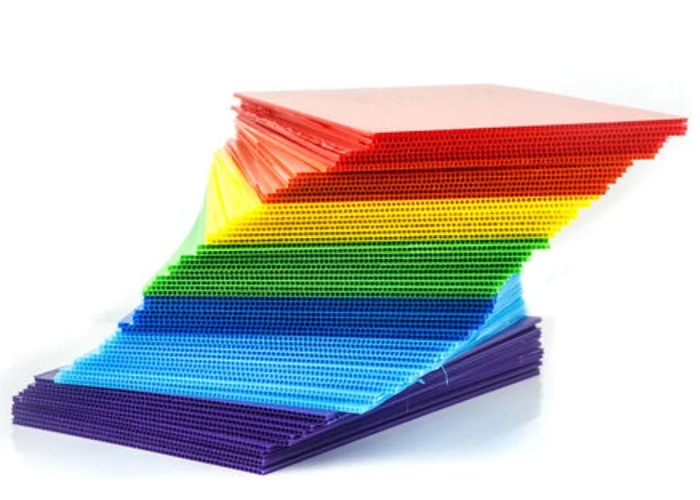
High Impact Polystyrene – Derived from GPPS by incorporating an impact-enhancing agent to boost its resistance to impacts. This added component results in the polymer becoming white, and different formulations provide varying degrees of opacity. Typically employed in the fabrication of game pieces, toys, and similar items. Its pronounced whiteness can pose challenges when aiming for translucent coloration. Specialized alternatives like K-Resin and Styrolux are accessible in the market to attain the same level of translucency as GPPS.
Acrylonitrile Butadiene Styrene (ABS) – A more robust iteration of High Impact Polystyrene (HIPS) employed in high-value components. ABS exhibits greater durability compared to HIPS-made components, although it encounters similar challenges when attempting to achieve translucent colorations. Just like HIPS, ABS offers specialized translucent variants. Owing to its durability, ABS is commonly used in crafting casings for power tools.

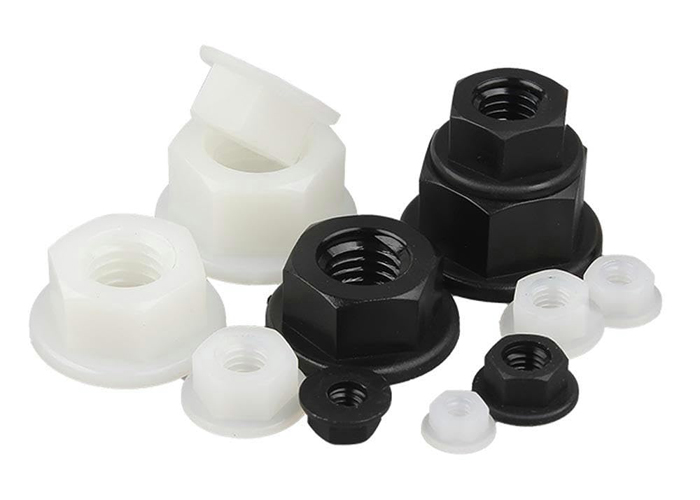
Polyamide (6, 66) – Nylon represents a versatile grade extensively employed in mechanical construction and maintenance. Its popularity stems from its excellent blend of mechanical strength, rigidity, mechanical damping characteristics, and effective electrical insulation capabilities. Consequently, nylon is a preferred material for manufacturing electrical enclosures. PA66 serves as a common alternative to metal across diverse applications, with its chemical and physical attributes closely resembling those of PA6. PA6 exhibits superior impact resistance and resistance to solvents, albeit with a heightened susceptibility to moisture absorption.
Styrene Acrylonitrile Copolymer – Possessing transparency and outstanding chemical and heat resistance, SAN also boasts good rigidity, tensile strength, and flexural strength. Thanks to its high-gloss finish, SAN is commonly chosen for cosmetic packaging purposes. However, achieving light tint colors with SAN can be challenging due to the violet dyestuffs inherent in the material, which are utilized to enhance its visual appearance during manufacturing.
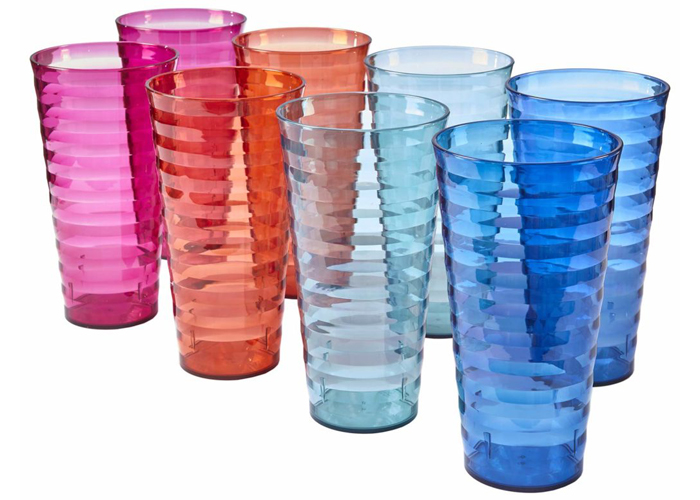

Polyethylene Terephthalate Glycol – PET with the incorporation of glycol. This glycol addition enhances flow properties but diminishes strength. PETG can be extruded to create bottles and can be formed into sheets for producing ‘blister’ style packaging.
Thermoplastic Elastomer (TPE) or Thermoplastic Polyurethane (TPU) – TPU finds diverse uses in applications such as automotive instrument panels, caster wheels, power tools, medical devices, as well as various extruded film, sheet, and profile applications. TPEs are employed across a wide range of applications in industries spanning automotive, medical, construction, electrical, appliances, packaging, and industrial sectors.
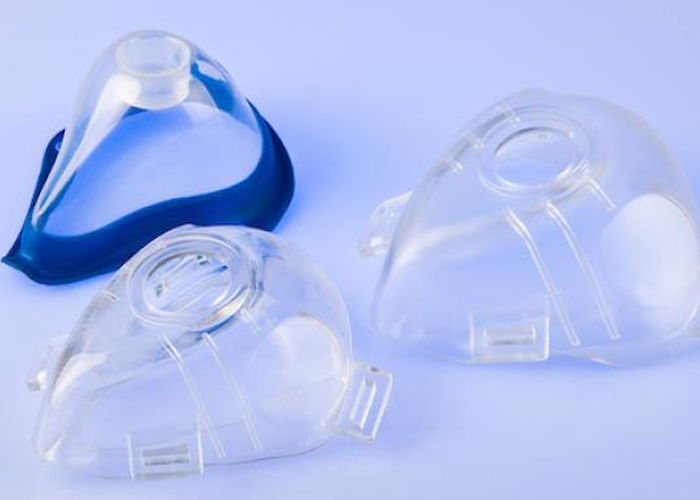
Frequently asked questions about our masterbatch
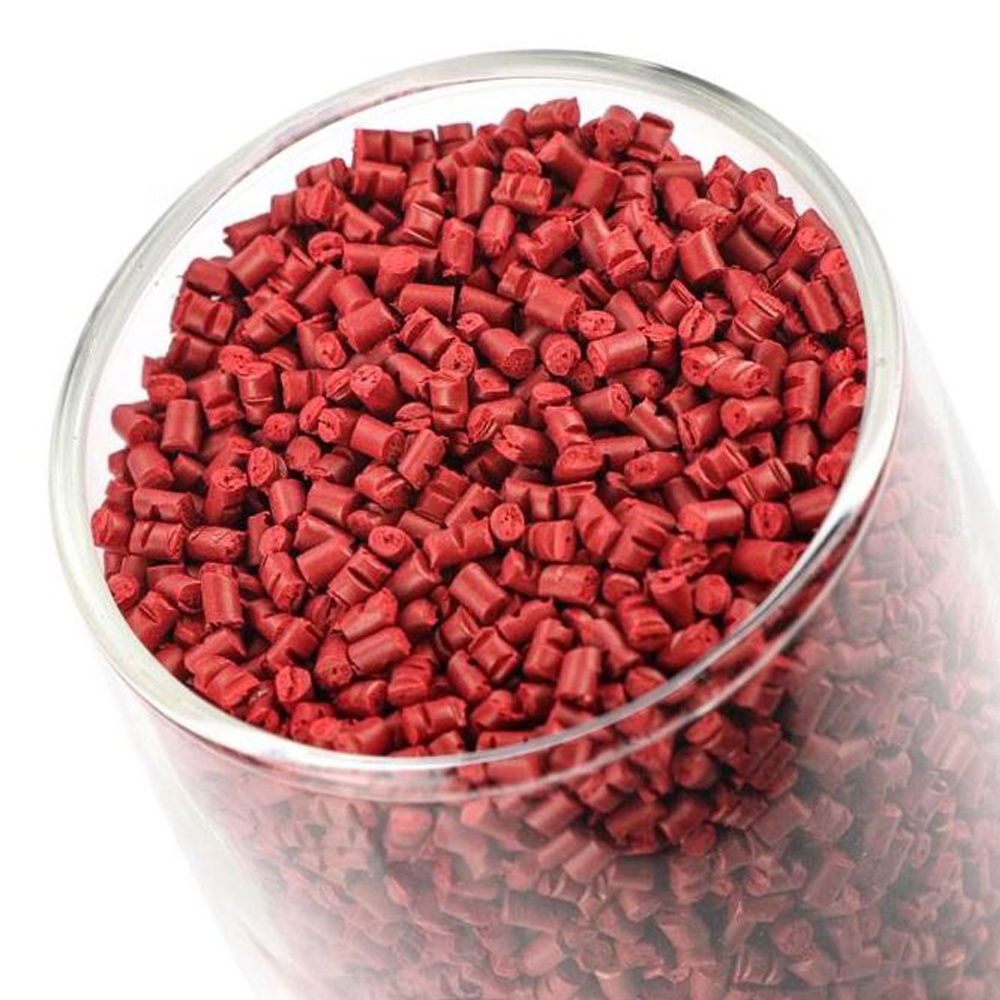
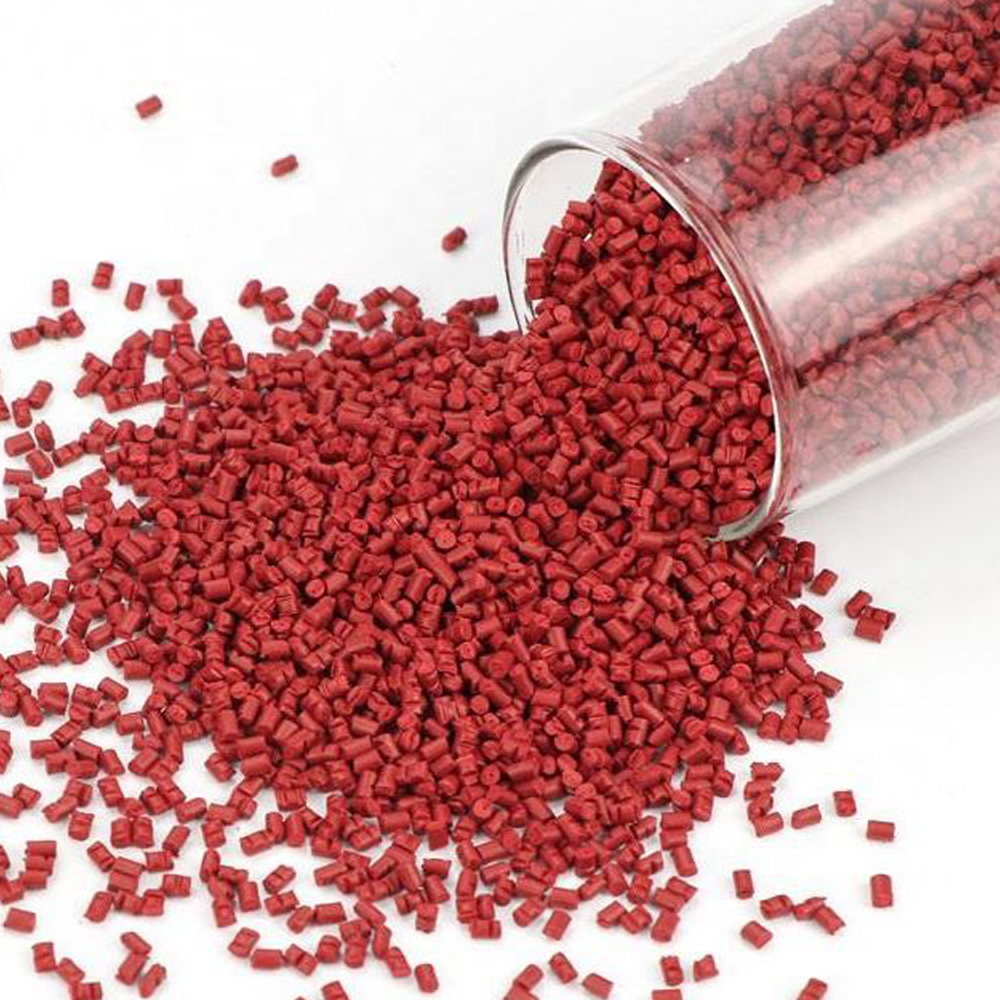

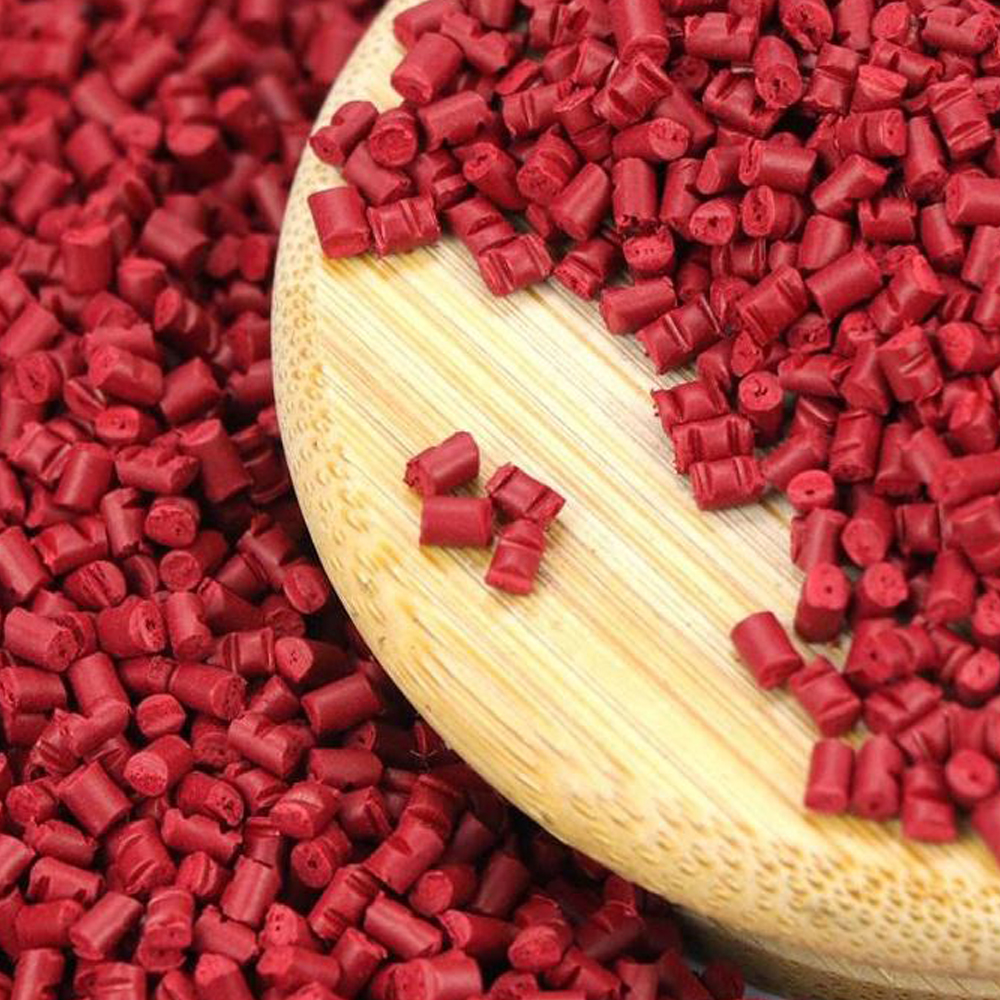
©2023. Masterbatch Manufacturer All Rights Reserved.
Our team will send back the best offer in 20 minutes.